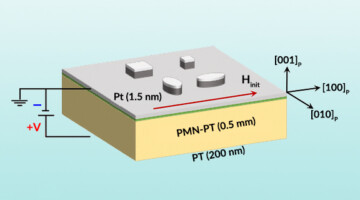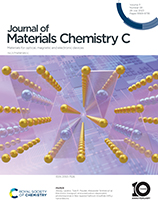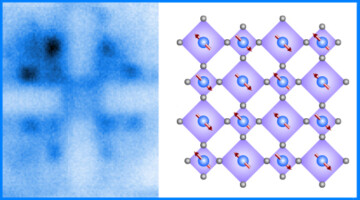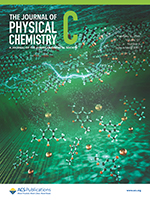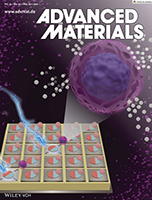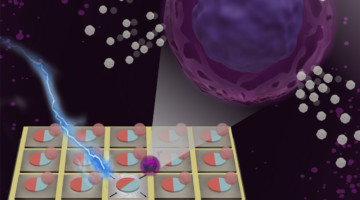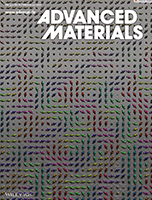Researchers learned how the size, shape, and orientation of microstructures affect how they switch magnetization directions in response to an applied voltage. The work advances our understanding of strain-responsive composite materials for use in energy-efficient electronic applications such as memory devices, sensors, and actuators. Read more »![]()
![]()
Electronic transport and polarization-dependent photoresponse in few-layered hafnium trisulfide (HfS3) nanoribbons
We report on the electrical and optoelectronic characterization of field-effect transistor (FET) devices based on few-layered HfS3 nanoribbons. The results support the contention that in the presence of light, the photocarriers include both electrons and holes, enhancing the photocurrent of devices. Read more »
Doped Nickelate Enters a New Phase with Spintronics Potential
Rare-earth nickelates are known to undergo a metal-to-insulator phase transition as temperature decreases, the mechanism of which is not well understood. Here, researchers observed a new low-temperature phase that’s both metallic and antiferromagnetic—an unusual combination with potential value in spintronics. Read more »
A Study on the Reaction Mechanism of a Model Organic Cathode in Magnesium-Ion Batteries
Battery and analytical studies of a model benzoquinone-type cathode reveal reversible structural transformations driven by a new precedence of a unique dissolution/precipitation mechanism and raise the question regarding its prevalence in other organic cathode batteries. Read more »
Enhanced low-temperature proton conductivity in hydrogen-intercalated brownmillerite oxide
Solid oxide materials typically need high temperatures to allow appreciable ion transport, limiting their flexibility as electrolytes for energy devices. Lu et al. now show unusually high proton conductivity in a hydrogenated oxide between 40 °C and 140 °C, which they attribute to ordered vacancy channels and high proton concentrations. Read more »
A Two-Dimensional Room-Temperature Magnet
Researchers have made the world’s thinnest (one atom thick) magnet that’s chemically stable under ambient conditions. The two-dimensional material, magnetically characterized at the ALS, could enable big advances in next-generation memory devices, computing, spintronics, and quantum physics. Read more »![]()
![]()
Main Attraction: Scientists Create World’s Thinnest Magnet
A one-atom-thin 2D magnet that operates at room temperature could lead to new applications in computing and electronics—such as high-density, compact spintronic memory devices—and new tools for the study of quantum physics. X-ray experiments at the ALS characterized the material’s magnetic parameters under high temperature. Read more »
Single-Domain Multiferroic Array-Addressable Terfenol-D (SMArT) Micromagnets for Programmable Single-Cell Capture and Release
Researchers develop programmable multiferroic micromotors that enable single-cell manipulation based on time-dependent functions of individual cells, such as cell secretion. Smart programmable multiferroic materials lay the groundwork for large-scale automated single-cell sorting and enable a broad spectrum of biotechnology applications. Read more »
Programmable Micromagnets for Single-Cell Sorting
Researchers demonstrated that electrically induced mechanical strain can control the magnetic state of tiny magnets used to sort biological cells. The work lays the foundation for a programmable, single-cell sorting platform to support a wide variety of biotechnology applications, including personalized cancer treatments. Read more »![]()
![]()
Chiral Spin Textures in Amorphous Iron–Germanium Thick Films
Robert Streubel and co‐workers report the formation of topological magnetization vector fields in disordered materials with local inversion symmetry breaking, harnessing high‐resolution Lorentz microscopy, quantitative x‐ray microspectroscopy, and coherent scattering. The image shows the reconstructed in‐plane magnetic induction of closely packed Bloch skyrmions embedded into helical spins. Read more »
